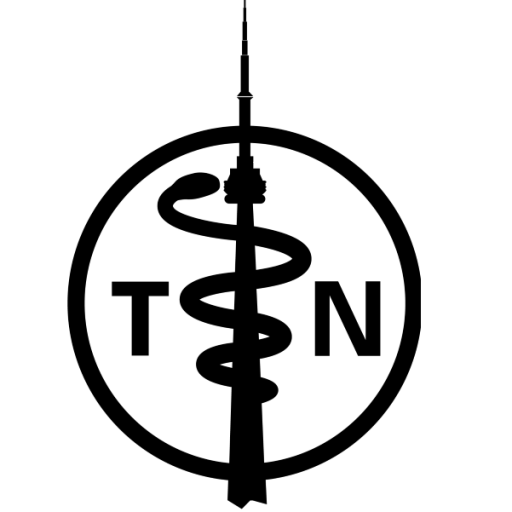You are about to see 7 year old boy named Bobby. His father has brought him in and tells you that he’s been significantly less active in the last two days, and that he’s been running a high fever. Perform a focused physical examination for a child with a fever.
Physical Examination
- Explains the nature and purpose of the examination to the child and parent
- Asks parent for assistance while examining the child when needed
Inspection
- Comments on overall appearance (looks unwell, diaphoretic)
- Examines for rashes
- Examines joints for effusion, erythema
Vitals/Hypovolemia
- Measures heart and respiratory rate
- Assesses volume status by examining mucus membranes, skin temperature/turgor, capillary refill
- Takes temperature of patient (hyperthermic)
- States that orthostatic vitals should be measured
- States that the weight of the child should be measured as part of the volume assessment
Head and Neck exam
- Comments on the presence of erythema and exudates in oropharynx
- Palpates all lymph nodes of the head and neck
- Comments on the size, texture, mobility, and location of any identified nodes
- Asks patient/assesses child for tenderness during examination
- Examines patient’s ears using otoscope, comments on auditory canal and tympanic membrane
- Checks for neck stiffness
Respiratory
- Comments on respiratory status: accessory muscle use, nasal flaring, central/peripheral cyanosis
- Auscultates in all lung fields
- Comments on findings
Abdominal Exam
- Examines for abdominal tenderness in all four quadrants
- Assesses for splenomegaly
- Assesses for masses in the abdomen
